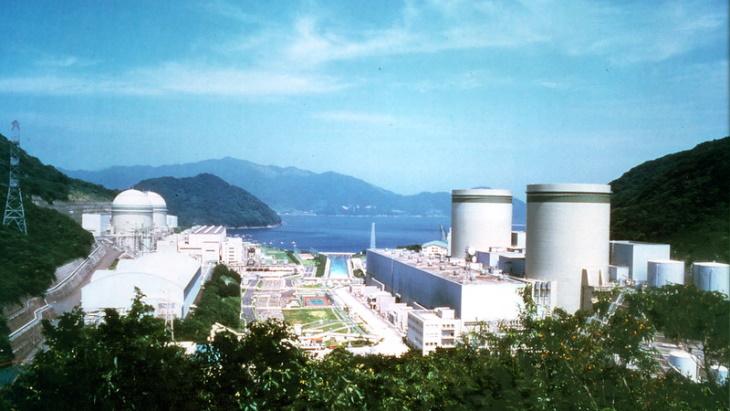Kansai Electric Power has asked Japan's Nuclear Regulation Authority (NRA) for permission to extend the lifespan of units 3 and 4 at its Takahama nuclear power plant by 20 years.

Takahama (Image: Kansai)
Under regulations which came into force in July 2013, Japanese reactors have a nominal operating period of 40 years. One extension to this - limited to a maximum of 20 years - may be granted, requiring amongst other things, a special inspection to verify the integrity of reactor pressure vessels and containment vessels after 35 years of operation.
Kansai said it had carried out special inspections and evaluations of the two units, and not found any issues likely to cause problems if the operating period was to be extended to 60 years, saying that it had put together a facility management programme for the extended operation including the replacement of the steam generators. It added: "We will continue to strive to improve the safety and reliability of nuclear power plants and with the understanding of the local community and others we will utilise nuclear power generation as an important power source."
The Takahama plant, in Fukui prefecture, is home to four reactors. Takahama 1 and 2 - both 780 MWe (net) pressurised water reactors (PWRs) - entered commercial operation in 1974 and 1975 respectively, while units 3 and 4 - both 830 MWe PWRs - both began commercial operation in 1985. Takahama 1 and 2 became the first Japanese units to be granted a licence extension beyond 40 years under revised regulations, but are currently out of service pending the completion of a bunkered back-up control centre, as required by the regulator. Kansai has previously said it plans to restart units 1 and 2 in mid-2023.